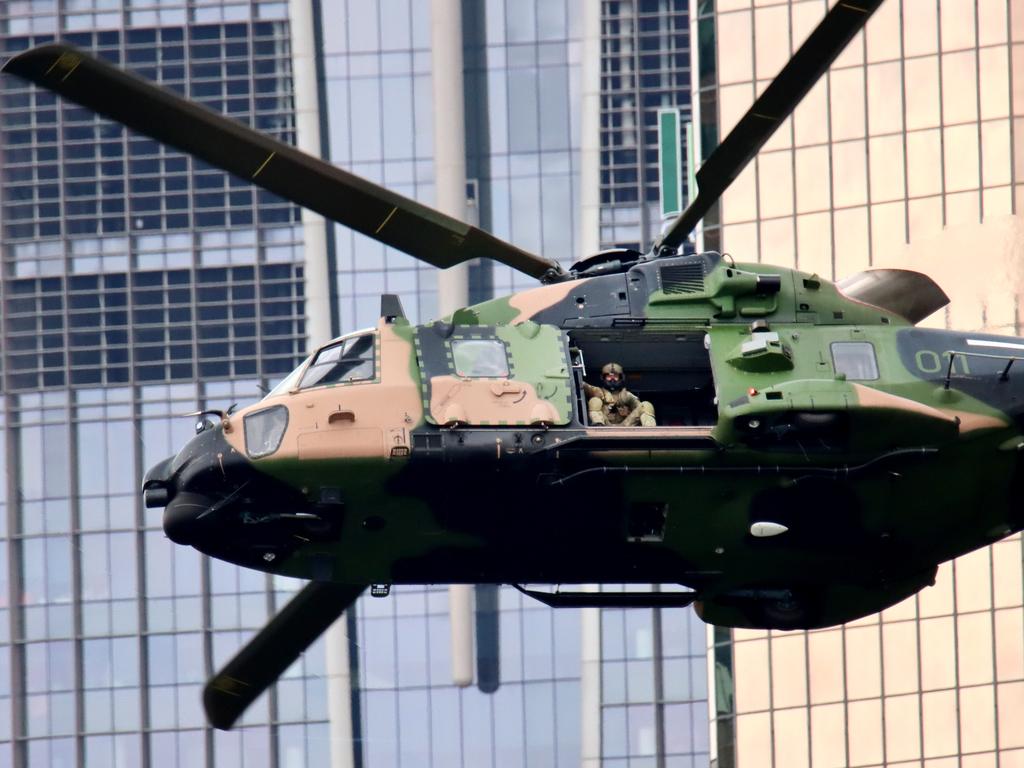We can’t keep droning on about doing little


So it was curious to see Defence Industry Minister Pat Conroy trying to do just that on Tuesday, announcing a paltry $1.2m – shared between 11 companies – to develop “state-of-the-art” unmanned systems for the Australian Defence Force.
The timing was less surprising. The Australian that day published a front-page story revealing Defence’s woeful lack of unmanned capabilities, which even Yemen’s Houthi rebels are using to devastating effect.
The sorry truth is the ADF has no lethal unmanned systems or counter-drone capabilities to protect Australian troops, and it’ll take years to get either.
The threat posed by these weapons has been obvious for years.

The 2020 war between Azerbaijan and Armenia was a lesson to militaries worldwide.
The Azerbaijanis, using cheap Turkish drones, defeated their better-armed neighbours in just six weeks.
The Ukraine war has put the matter beyond doubt, demonstrating to anyone with a social media account the carnage that can be wrought with hand grenade strapped to cheap Chinese drone.
Senior Australian Army commanders say they aren’t blind to the threat. How could they be?
So it’s hard to understand Defence’s inability to grasp the urgency of the problem.
Despite being warned in last year’s Defence Strategic Review to fast-track critical capabilities, the army still has a decade-long acquisition timetable to get counter-drone systems into service.
There is some hope this plan may be accelerated in Defence’s amended capability masterplan to be finalised in coming months.
But the all-important document that will show whether the government is serious on all this will be the May 14 federal budget.
It can’t expect the ADF to defend the country with aspirational plans to get nuclear submarines and futuristic frigates sometime in the 2030s.
This week’s drone attack on US forces in Jordan, which killed three American troops and injured dozens more, should be a wakeup call for all concerned to get serious about these capabilities now, not in a decade’s time.
Conroy’s statement this week inspires little confidence though.
A number of the companies slated to receive a slice of the funding have had a long and disappointing history dealing with Defence.
One of them, DefendTex, makes a loitering munition – basically a flying hand grenade – that has been developed with at least $5m of army funding.
But has Defence actually bought it? Of course not.
The company has had to go to the UK Ministry of Defence, which is supporting it to bring the weapon into service.
As last year’s DSR warned, Defence can no longer spend a decade to get urgent capabilities into service. It needs to move fast and pick winners. Some will work well, some won’t. But at least it’ll be getting something more than a pile of press releases.







Anthony Albanese declared in this newspaper nearly two weeks ago: “You can’t defend Australia with a press release.”